27
Dec7 Phases of the Software Development Life Cycle
Software Development Life Cycle (SDLC)
The Software Development Life Cycle(SDLC) is a flow that decides the systematic building of software applications. SDLC provides an organized process for organizing, developing, testing, and implementing software, ensuring that the final product meets the requirements of stakeholders and consumers. If you are also planning to build an application then you need to understand the process of SDLC along with your programming skills.
Hence, In this Career Tutorial, we will understand the 7 Phases of the Software Development Life Cycle one by one. Let's first understand What is the Software Development Life Cycle exactly.
| Full Form of SDLC: Software Development Life Cycle |
What is the Software Development Life Cycle (SDLC)?
- Software developers or programmers use the Software Development Life Cycle (SDLC) as a roadmap to design, build, and test high-quality software applications.
- SDLC is an easy way to develop applications from the first planning and concept phases to the execution and maintenance phases.
- Teams can make sure that the software is developed effectively and satisfies both functional and non-functional requirements by following the SDLC.
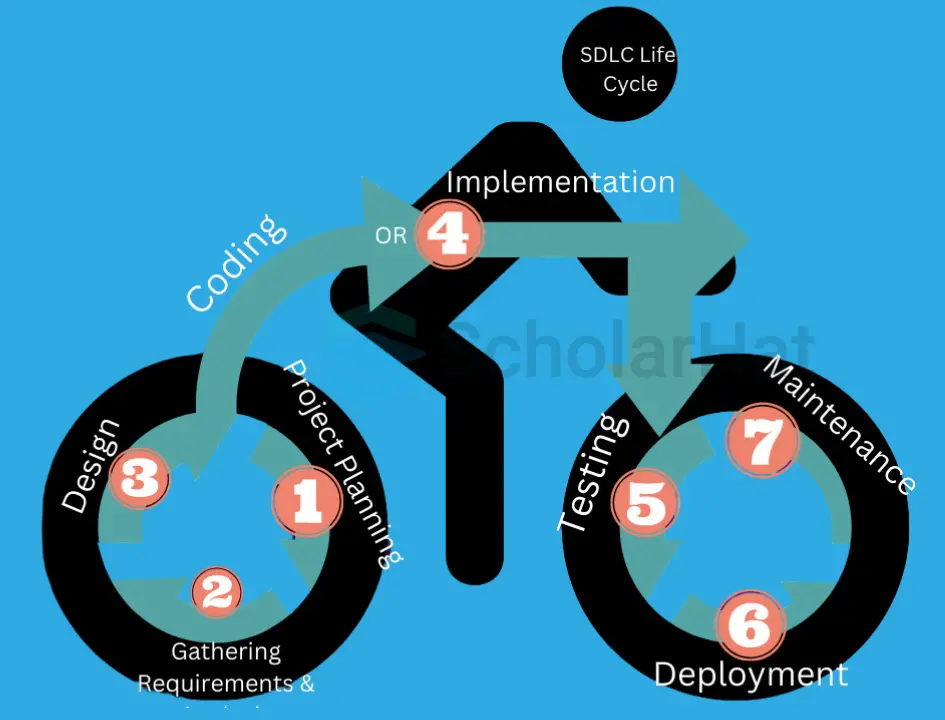
Why SDLC Matters
If a software development organization uses the Software Development Life Cycle (SDLC) as a method, approach, or process while building any product, Then the building applications process will go like butter. Also, software development takes a shorter time. In order to design software in a methodical and disciplined manner, SDLC models were introduced. The software design process is broken down into manageable chunks by the software development life cycle, which helps to clarify and simplify the problem. A thorough explanation or step-by-step method for designing, developing, testing, and maintaining software is included in the SDLC.
Understanding 7 Phases of the Software Development Life Cycle
The SDLC highlights the task or tasks that a software engineer or developer must do at each level. It guarantees that the finished product will be able to satisfy the client and stay within the allocated budget. Therefore, having prior knowledge of this software development process is essential for a software developer.
The seven steps that make up the SDLC are as follows:
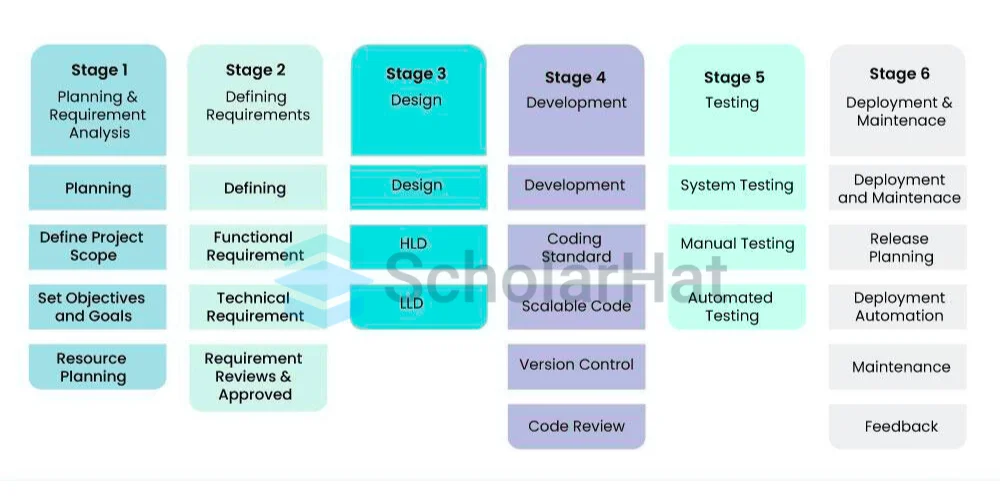
1. Planning
- As in software development, planning is a fundamental stage in everything.
- The organization's developers also do requirement analysis at this same period.
- Customer feedback and sales department/market surveys are used to get this.
- The foundation of a simple project is made up of the data from this research.
- The outcome of planning is the project's quality.
- Thus, the fundamental project is designed at this stage using all of the available information.
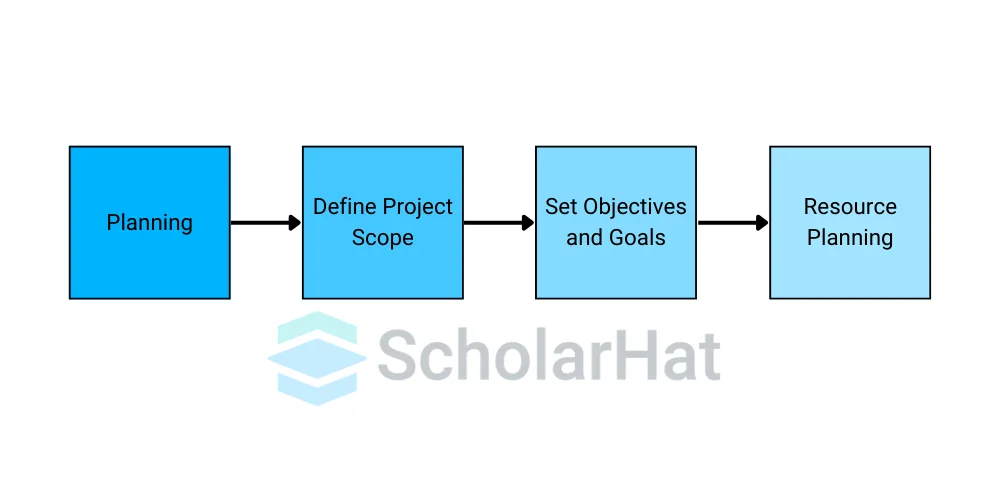
2. System Requirements Analysis
- All of the requirements and specifications for the target software are decided at this point.
- Stakeholders such as market analysts and customers approve these needs.
- Using SRS (Software Requirement Specification) satisfies this.
- This document serves as a kind of checklist for everything that needs to be established and defined over the course of the project.
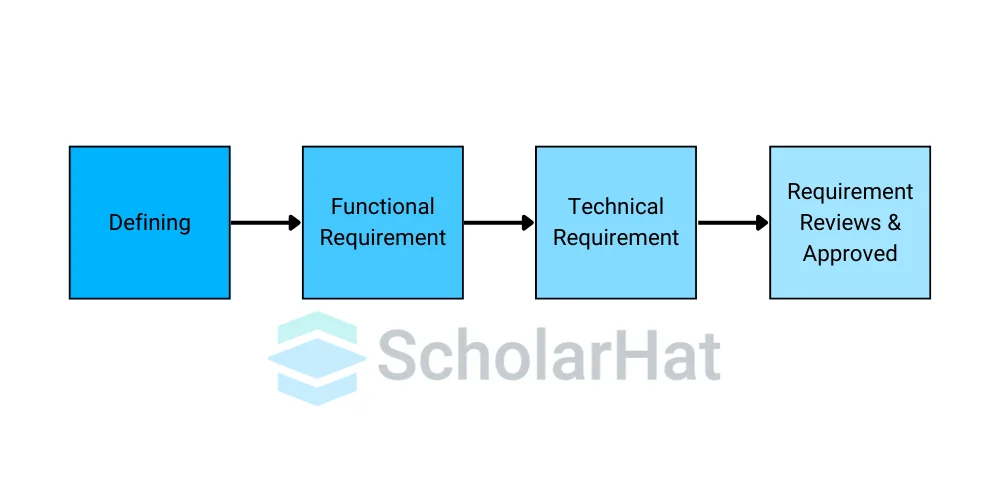
3. System Design
- Software designers can use SRS as a guide to create the optimal software architecture.
- As a result, the Design Document Specification (DDS) contains several designs for the product architecture based on the requirements specified in the SRS.
- Stakeholders and market analysts evaluate this DDS.
- The design that makes the most sense and is most practicable is selected for development after all relevant considerations are considered.

4. Development
- At this point, the product's core development started.
- According to the DDS design, developers utilize a certain programming language for this.
- As such, coders must adhere to the association's protocols.
- At this point, standard programming tools like interpreters, debuggers, compilers, and so on are also used.
- Software restrictions dictate the use of certain popular programming languages, such as C, C++, Python, Java, C#, ASP.Net, etc.
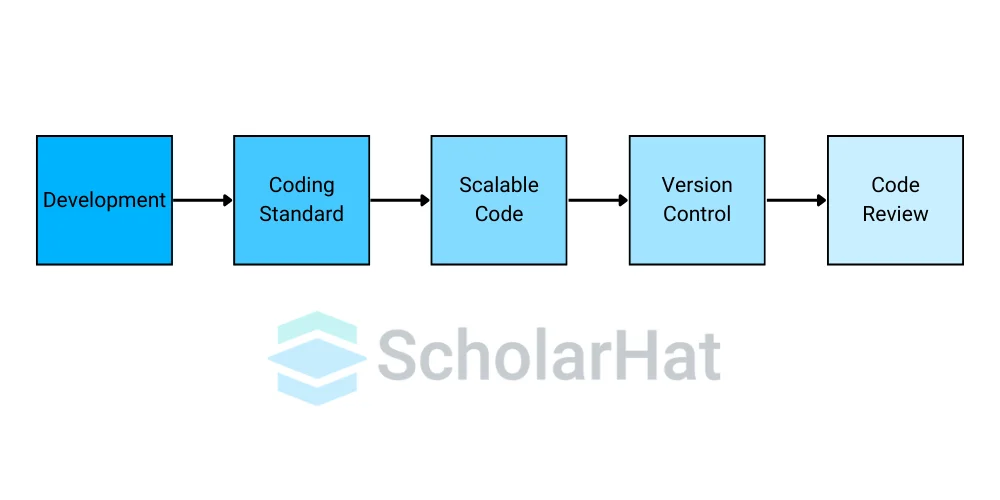
5. Testing & Documentation
- Software must be tested after it has been developed to make sure it operates well. Nevertheless, not much testing is done during the SDLC. As a result, all potential problems are currently being monitored, addressed, and retested. This guarantees that the product satisfies SRS quality standards.
- Support, Training, and Documentation: A key component of the software development life cycle is software documentation. An effective document serves as a tool and a repository for the knowledge needed to understand software functionalities, processes, and maintenance. Information about how to operate the product is also included in the documentation. Training aims to boost an employee's capacity to learn via work, usually by altering his mindset and performance, either now or in the future.
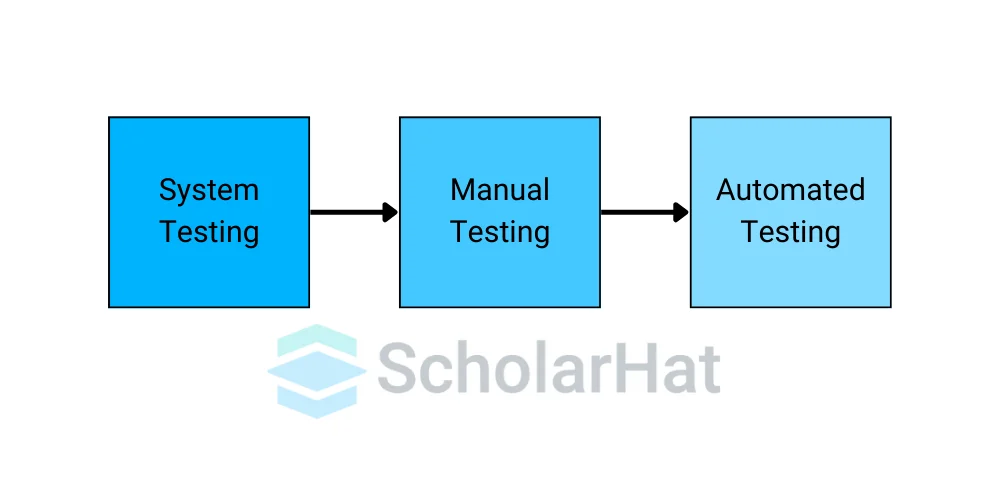
6. Deployment
- The final product is tested thoroughly and then, following through with the organization's plan, released gradually.
- Next, an actual industrial setting is used for testing.
- Ensuring seamless functionality is important The company delivers the entire product if it does well. Following the collection of positive feedback, the business either releases the material unaltered or with additional enhancements to make it even more advantageous for the clients.
- This is insufficient on its own, though. Thus, the product's supervision should go hand in hand with its deployment.
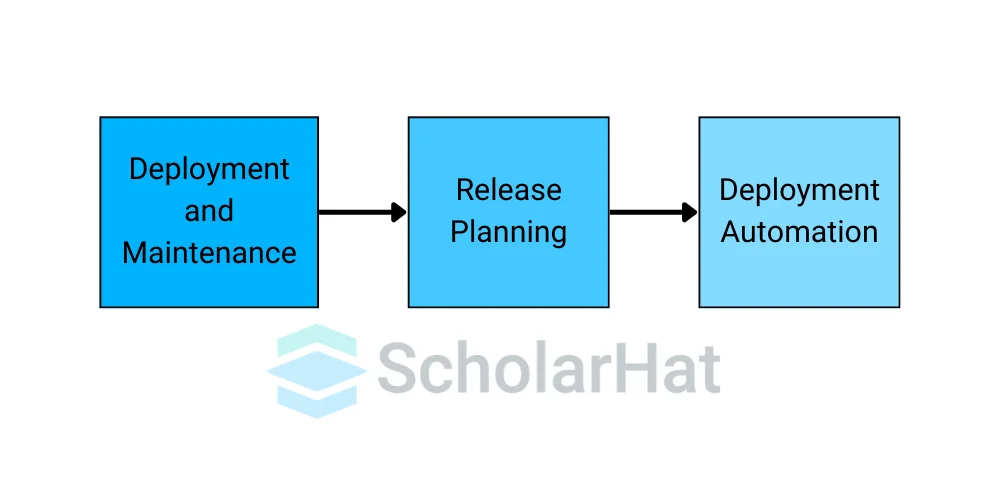
7. Maintenance
- The last stage involves continuous software updates and bug fixes to enhance functionality and introduce new features as needed.
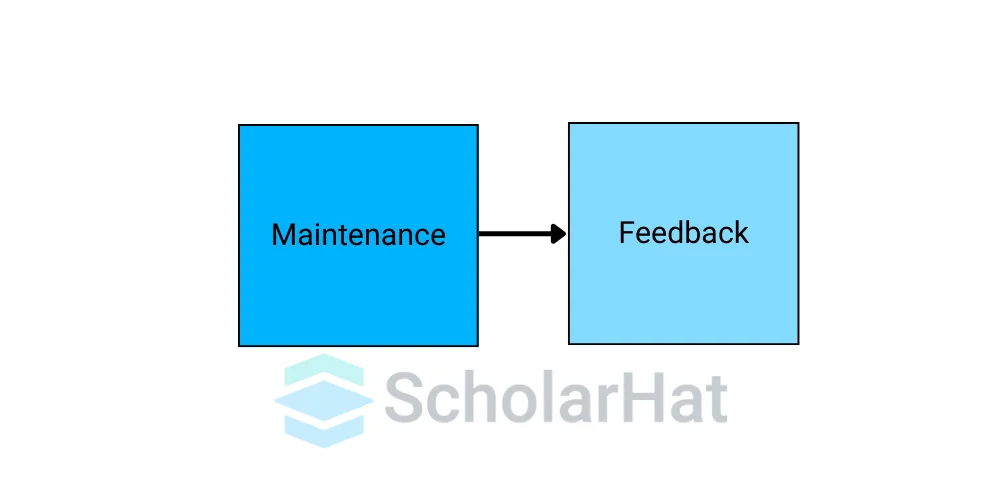
Top 6 Different Software Development Life Cycle Models
There are currently over 50 approved SDLC models in use. However, none of them is flawless, and each has advantages and downsides that should be considered for a particular software development project or team. However, I have brought one of the top 6 Software Development Life Cycle Models of them.
They are as follows:
- Waterfall Model
- Agile Model
- Iterative Model
- Spiral Model
- V-Shaped Model
- Rapid Action Development (RAD) Model
1. Waterfall Model
- Waterfall is the core paradigm of the life cycle of software development.
- This model is quite basic. Although it is no longer in use, the waterfall model serves as the foundation for all other SDLC models.
- The waterfall approach is easier to apply and produces a concrete result because of its straightforward structure. Because of its less flexible nature, the waterfall model is no longer in use. Once a phase appears to be finished, it cannot be changed.
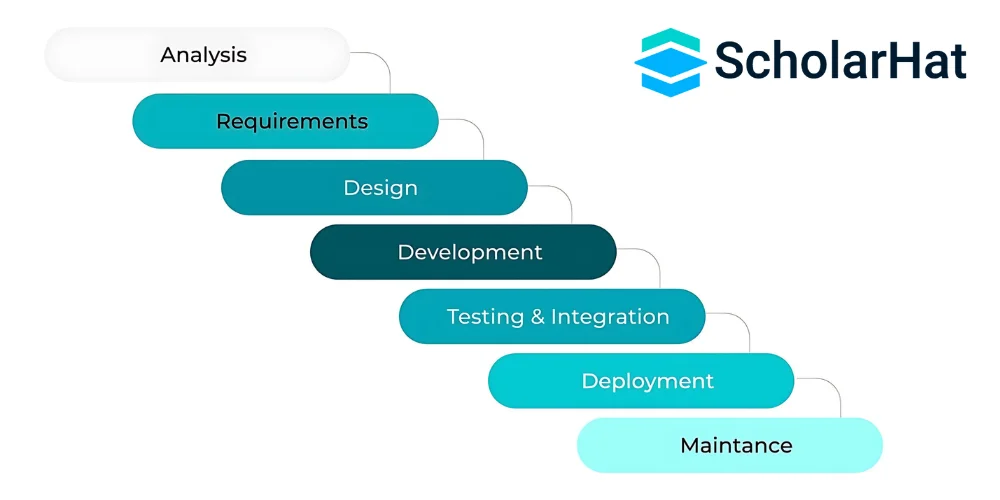
2. Agile Model
- The primary purpose of the agile approach in the SDLC was to quickly adjust to changing requests.
- Facilitating rapid project completion is the Agile model's primary objective.
- A collection of development procedures is referred to as the agile model. While these processes share significant similarities, they also differ slightly from one another.
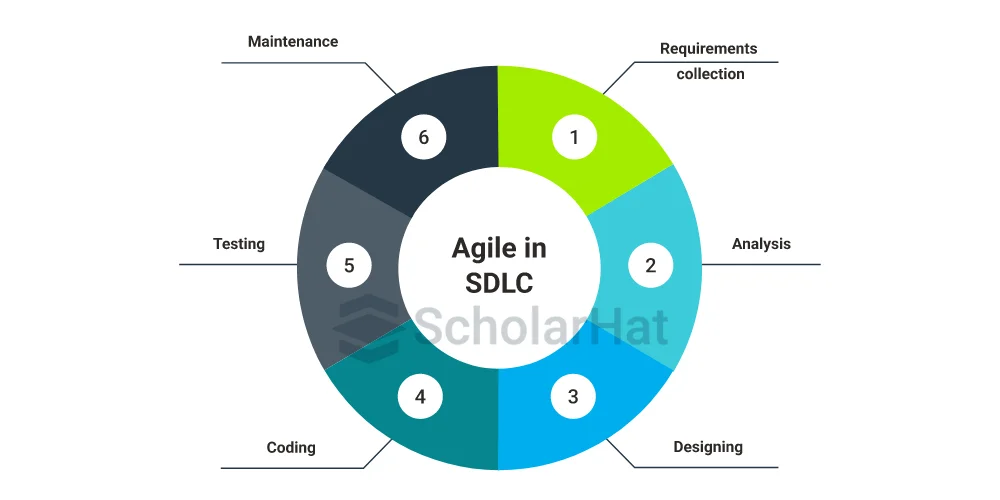
3. Iterative Model
- Every cycle in the iterative model of the software development life cycle (SDLC) yields a semi-developed yet deployable version of the program.
- Each cycle also adds requirements to the program, and the final cycle produces software that has all of the requirements specified.
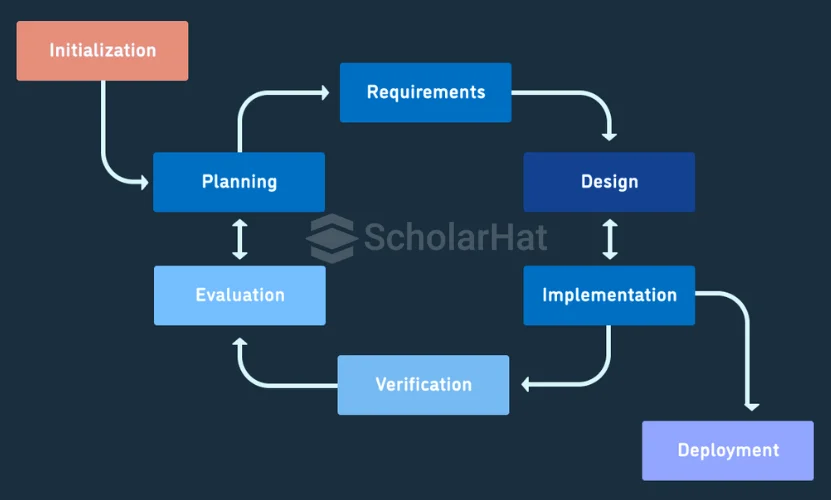
4. Spiral Model
- One of the most important SDLC models that supports risk management is the spiral model.
- Its diagrammatic depiction has a variety of spirals, the number of which varies depending on the project type.
- The phases of the spiral model are represented by each loop in the spiral structure.

5. V-Shaped Model
- The SDLC's V-shaped concept is implemented sequentially.
- This methodology features integrated testing phases for each level or phase.
- Every development phase has a testing phase that comes after it, and the next phase (development & testing) begins after the previous phase is finished.
- It is sometimes referred to as the validation or verification model.
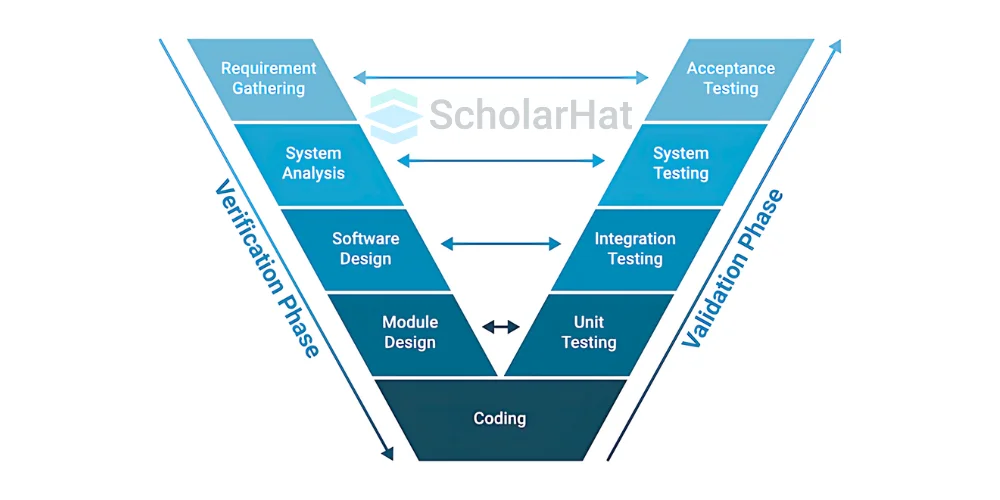
6. Rapid Action Development (RAD) Model
- The Rapid Action Development (RAD) methodology concentrates on obtaining requirements through unofficial communication, software component reuse, etc.
- Prototyping and iterative development with extensive, targeted planning are the foundation of the concept.
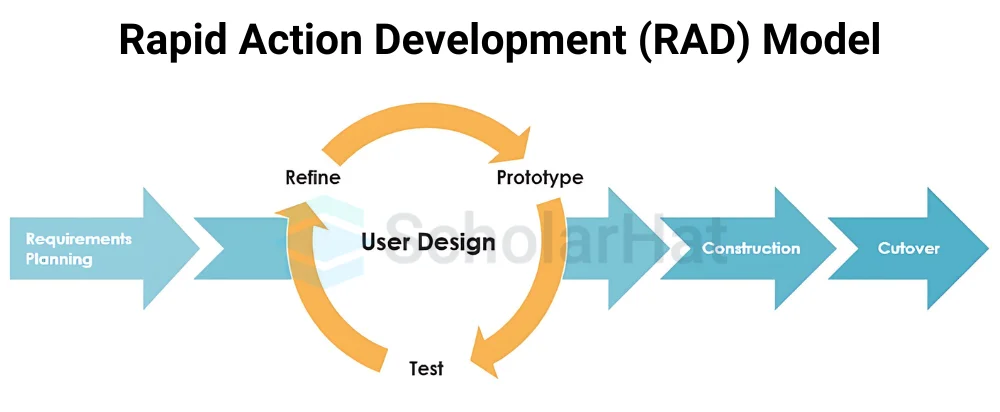
Advantages and Disadvantages of SDLC Life-Cycle
The stages required in developing software applications are provided in the Software Development Life Cycle (SDLC), an organized approach to software development. It has well as disadvantages, just like any other methodology. Let's explore it.
Advantages of SDLC Lifecycle
There are different advantages of the SDLC lifecycle, they are as follows:
1. Organized and Structured Approach
- From planning to maintenance, the SDLC offers a transparent structure that directs the development process and guarantees that all essential procedures are completed.
- The likelihood of overlooking important project components is decreased by this arrangement.
2. Defined Roles and Responsibilities
- With defined roles and deliverables allocated to each stage of the SDLC, expectations and obligations are made clearer, fostering improved collaboration and communication.
3. Improved Project Management
- Project managers are better able to handle risks, manage deadlines, assign personnel, and keep an eye on developments when there are clearly defined stages.
- It makes better control over the whole development process possible.
4. Assurance of Quality
- Testing and validation are steps in the SDLC that aid in finding and resolving defects early in the development process.
- The end result is of greater quality as a result.
5. Documentation
- The SDLC places a high value on detailed documentation at every stage, which is advantageous for software scaling, training, and future maintenance.
- It also facilitates a quicker understanding of the project by new team members.
6. Customer Satisfaction
- Stakeholders can be involved at every stage of the development process (particularly in iterative models such as Agile) to improve the quality of the final product and match customer expectations.
7. Risk Control
- Early process identification and mitigation of potential risks lowers the chance that significant problems may emerge later in the project.
Disadvantages of SDLC Lifecycle
There are different disadvantages of the SDLC lifecycle, they are as follows:
1. Rigidity
- Once a project has begun, it can be challenging to accommodate modifications due to the rigidity of traditional SDLC models, such as Waterfall.
- This could be a concern in environments that move quickly or are dynamic and where needs change often.
2. Time-consuming
- The SDLC process can be time-consuming due to the emphasis on comprehensive documentation and going through each step in order.
- This could cause a delay in the final product's delivery, particularly for projects where timeliness is essential.
3. High Cost
- Extensive planning and documentation needed for the Software Development Life Cycle (SDLC) can result in greater upfront expenses, especially when it comes to time and resources.
- For startups or smaller companies with tighter finances, this might not be the best option.
4. Complexity
- The SDLC method may be overkill for smaller or less complicated projects, adding needless overhead and complexity.
- If it is not scaled according to the size of the project, it could result in inefficiencies.
The Future of SDLC
- Future advancements in IT such as artificial intelligence, and machine learning are anticipated to have an impact on the software development life cycle.
- In future development processes, these technologies will enable the timely and efficient delivery of software.
- Additionally, the rise of DevOps and continuous integration/continuous deployment (CI/CD) methodologies will continue to impact software developers' approach to the SDLC by fostering a more collaborative and iterative development environment.
- The increasing requirement for quick, dependable, high-quality software will require modifications to the software development life cycle (SDLC) to meet the growing demands of business operations.
| Our Top Certifications |
| Azure DevOps Certification Training |
| Artificial Intelligence Certification Training |
| Generative AI For Software Developers |
Conclusion
In conclusion, the Software Development Life Cycle (SDLC) offers a methodical approach to software development that can result in high-quality products. It is less time-consuming, and rigid features make a great impact on the software development process, however, might be a disadvantage in some situations, But it will be helpful, especially in complex applications where fewer employees and big projects. Success in the project depends on selecting the appropriate SDLC model or customizing it to fit the requirements.









